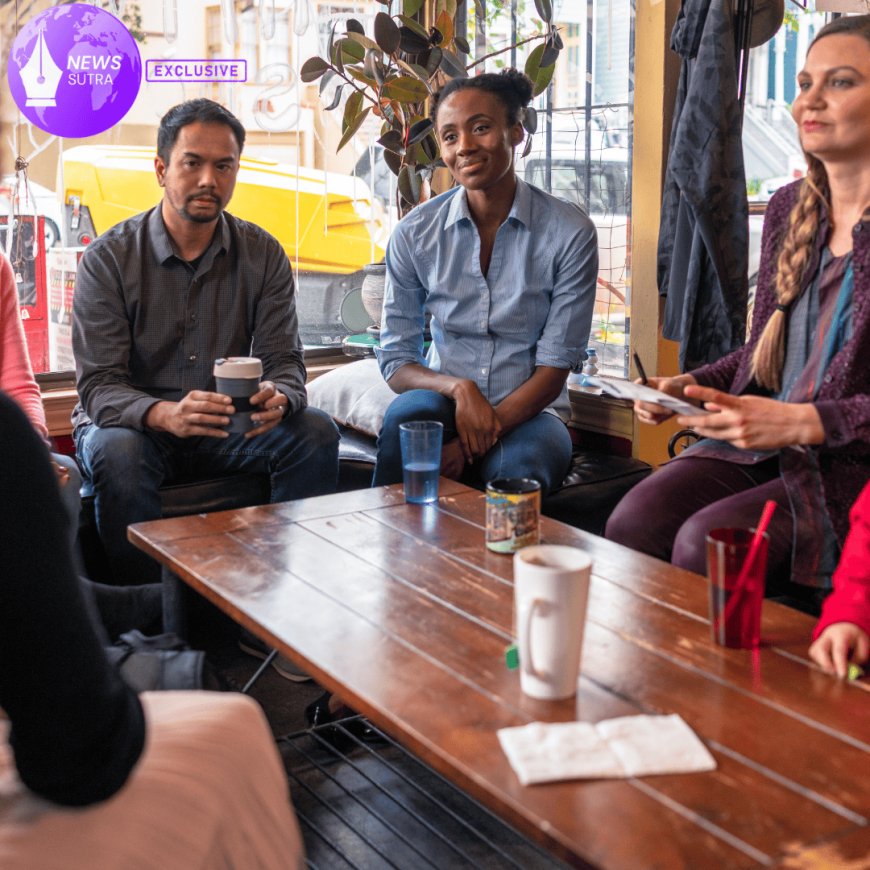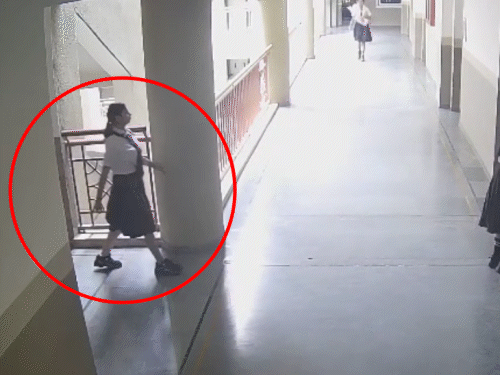Beyond the Headlines: How Local U.S. Communities Are Adapting to Climate Disasters in 2025
Beyond headlines, local U.S. communities are adapting to climate disasters with grassroots innovation. Explore unheard voices of mayors, farmers, and citizens reshaping resilience in 2025.

When Americans hear about climate disasters, the images are often familiar: raging wildfires in California, flooded streets in Florida, or hurricanes tearing through the Gulf Coast. But behind the sweeping headlines, the real story lies in the lives of everyday citizens and the innovative ways small communities are coping.
In 2025, these local responses are rewriting what climate resilience means in America. Small-town mayors, farmers, and neighborhood leaders—often with limited budgets and little federal aid—are building new systems to survive the next storm, fire, or flood. Their solutions are as diverse as the regions they live in, and together they paint a picture of determination that rarely makes the evening news.
Farmers Finding New Ways to Grow in Harsh Conditions
Across the Midwest, family farmers are quietly reshaping agriculture to deal with erratic rainfall and prolonged droughts. In Kansas, for example, farmers are experimenting with regenerative agriculture techniques, including cover cropping and minimal tillage. These methods not only restore soil health but also help retain precious water.
“Some years we lose nearly half our crop to heat waves,” says Jim Reynolds, a third-generation farmer outside Wichita. “But by rotating crops differently and focusing on soil health, we’re keeping the farm alive.”
Beyond survival, these changes are also helping farmers access new markets. Restaurants and food distributors are increasingly seeking suppliers who can demonstrate sustainable practices. It’s a sign that adaptation isn’t just about defense—it can also create opportunity.
Small-Town Mayors Becoming Climate First Responders
In coastal towns from Louisiana to Maine, local mayors have become frontline leaders in disaster response. With limited budgets and slow-moving federal assistance, they are often forced to get creative.
Mayor Ellen Martinez of a small North Carolina town says her community has pooled resources to create a community-owned solar microgrid, ensuring that power stays on even when storms knock out the main grid. “We couldn’t wait for the state or federal government to solve this,” she explains. “People here came together because we had no choice.”
These local initiatives are drawing national attention. According to FEMA’s community resilience programs, microgrids and neighborhood-based disaster planning are becoming models for towns across the country.
Citizen-Led Solutions Beyond Government Aid
Ordinary residents are also taking climate resilience into their own hands. In California’s wildfire zones, local neighborhood groups have begun volunteer fire patrols during high-risk months. Residents pool money to buy water tanks, hoses, and protective gear—small steps that can buy critical minutes before professional crews arrive.
In Iowa, flood-prone communities along the Mississippi have developed a unique network of “flood buddies.” Families pair with neighbors to share resources like pumps, generators, and temporary housing when rivers spill over.
These grassroots solutions rarely make headlines, yet they reflect a deeper reality: adaptation in America is being built from the bottom up.
The Emotional Toll of Living on the Frontlines
Beyond the infrastructure and innovations, there is a human cost. Families are uprooted, small businesses face constant uncertainty, and children grow up knowing that disasters are not rare events but regular occurrences.
Mental health has become a growing concern in disaster-prone areas. Local nonprofits in wildfire-affected regions of California and Oregon are offering trauma counseling and resilience workshops. According to the American Psychological Association, climate anxiety is now one of the fastest-growing mental health challenges in the United States.
“People assume we get used to it,” says 17-year-old Sarah Lane, whose family evacuated twice in two years from wildfires. “But every time smoke fills the sky, it feels like starting over.”
The Road Ahead: A New Model of Local Resilience
What makes these local stories significant is that they are not isolated. Across the country, small communities are proving that resilience doesn’t always require massive budgets or sweeping legislation.
From solar-powered microgrids in the Carolinas to community farming cooperatives in the Midwest, these efforts suggest a new model: one in which adaptation is personal, local, and collaborative.
The challenge, however, remains enormous. Experts warn that without stronger federal support and consistent climate policies, the burden will continue to fall on the shoulders of small-town America. Yet for now, it is precisely these unheard voices—mayors, farmers, and citizens—that are shaping how the nation endures a changing climate.
Conclusion
America’s climate crisis is not only a matter of science or policy. It is a daily reality for local communities who, far from waiting for top-down solutions, are crafting their own. These stories may not always dominate the news cycle, but they represent the most authentic version of resilience: ordinary people, facing extraordinary challenges, determined to adapt and survive.
What's Your Reaction?
 Like
0
Like
0
 Dislike
0
Dislike
0
 Love
0
Love
0
 Funny
0
Funny
0
 Angry
0
Angry
0
 Sad
0
Sad
0
 Wow
0
Wow
0







































































